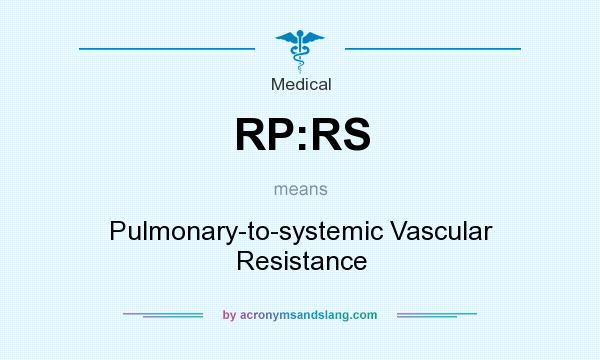

Encourage your colleagues to add items to the station they no longer need and to check there before purchasing new supplies. Designate an area of your office as an Upcycle Station for collecting and storing supplies. Try using wasted printer paper for scrap paper, cardboard boxes for storing supplies, binder clips to hold power cords and chargers in place, and even mason jars, coffee mugs, and tin cans for holding pens and pencils. Sometimes it requires using some creativity, but the possibilities are endless. You may be surprised to learn how many common office products serve more than one purpose. Many people in the green community refer to this method as upcycling. Once you master one area, prioritize reuse for other products in your facility like packaging peanuts, printer cartridges, cardboard boxes, food containers, and rechargeable batteries.įor every item that can't be refused, reduced, or reused, try repurposing it. Replace all of the single-use eating utensils, Styrofoam cups, water bottles, and paper plates with compostable or reusable alternatives. Begin by focusing on one area of your business at a time, like the break room. In an effort to reduce waste, reuse items throughout the workplace instead of buying new ones. The rate at which we consume plastics has become unimaginable, and the plastic crisis has become one of the world's greatest environmental challenges. Single-use plastics have created a "throw-away" culture by normalizing consumer behavior of using materials once and then throwing them away. Other commonly used items businesses can focus on reducing include single-use plastics, plastic packaging, organic waste, and Styrofoam cups. For example, when printing a document, print double-sided to cut your waste output in half. We recommend always using the minimum amount required to avoid unnecessary waste.

Reducing dependency on these kinds of products results in less waste materials ending up in landfill and the associated negative environmental impacts. Reduce the use of harmful, wasteful, and non-recyclable products. Making smarter purchasing decisions and setting standards and expectations early in the process makes it easier for organizations to “refuse” waste in the first place. When working with vendors, refuse unnecessary product packaging and request reusable or returnable containers. Talk to your procurement team about refusing to buy wasteful or non-recyclable products. Learning to refuse waste can take some practice, but incorporating this step into your business' strategy is the most effective way to minimize waste. Refuse: the first element of the 5 R's hierarchy. Before disposing of your waste, walk through each of these steps in the following order: In the 5 R's hierarchy, remember to treat recycling as a last resort after attempting to refuse, reduce, reuse, or repurpose. In this post, we explain each of the 5 R's and the benefits of putting them into practice at your business.Īpplying the 5 R's to your business' waste management and recycling strategies can positively impact the outcome of your program by significantly reducing the amount of waste your business generates. Incorporating this methodology into your business' waste reduction and recycling efforts will minimize landfill waste and help take your recycling program to the next level. Recycling is usually number one on our list, but today, it's last.Īccording to the 5 R's, four actions should be taken, if possible, prior to 'recycling': refuse, reduce, reuse, repurpose, and then recycle.


 0 kommentar(er)
0 kommentar(er)
